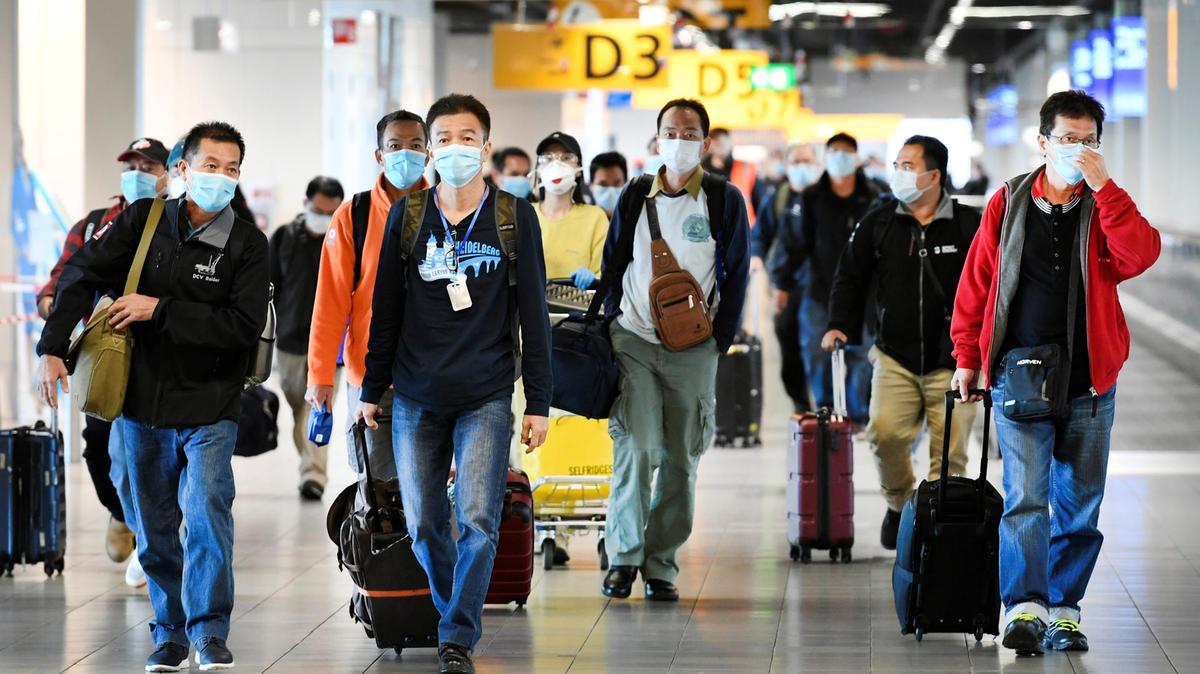The newly modified algorithm based facial recognition system can easily identify people wearing masks for as high as 96 percent. While the system has been criticised for bias against Asians and African-Americans it also showed a higher level of inaccuracies with black and red masks.
The coronavirus pandemic has brought massive upheaval in our lives and has forced us to transform ourselves in many different ways. There hasn’t been any part of the world that was left unaffected by the consequences of the pandemic. Security systems around the world were also hugely impacted as airports were shut and almost all the modes of transportation were severely hit which indeed requires various security checks at different levels.
During the early phase of the pandemic when the virus was out of control creating mayhem and devastation, various reports suggested that the only defense mechanism to protect against the virus is wearing a mask and this seemingly becoming an impediment in the process of facial recognition for a slew of security purposes.
A study conducted by the US National Institute Standards and Technology further claimed that wearing face masks could generate errors in facial recognition systems from 5 to 50 percent. At that time, it was also found that black masks were more likely to create errors than blue masks. In addition to it, the more the masks covered the portion of the nose, the more it became difficult for the systems to identify the face.
Moreover, these facial recognition systems, work on the basis of measuring distance between facial features rather using depth sensors like that of an iPhone. In this regard, masks create considerable hindrance as this type of one-to-one matching is mostly used in border control and passport matching scenarios.
But with changing times, technology also changes and it is often said that necessity is the mother of invention or, in modern times, innovation. Therefore, now a report published by the US Department of Homeland Security Science and Technology directorate claims that a new airline facial recognition technology can easily recognise and identify the majority of the passengers. These modified systems can easily identify 96 percent of people wearing masks as compared to that of 100 percent unmasked people.
As per a report published in Business Insider, the median accuracy was 77 percent with masked travellers compared to 93 percent with unmasked people. These results are quite significant pertaining to the current situation when the new mutant virus is on rampage in several countries. On the basis of this new technology for recognition, passengers and travellers will not be asked to lower their masks bringing the threat of transmission of virus to new levels.
On the other hand, facial recognition technology has come under severe criticism as it did pose a considerable danger of breaching the privacy of people. In recent times, this algorithm-based technology has been accused of bias against Asians, African Americans and Blacks for producing false positives.
So far, the research methodology has been based on the NIST method of processing 6.2 million images of people who didn’t wear masks at all. Following that researchers have tried masks of different shapes and sizes on their faces to create a database of varied people in a variety of masks for multiple types of recognition.
In this comparative study, researchers have further found that round shape masks that cover only the nose and mouth led to fewer errors while the errors made by wider masks were on a comparatively higher side.
According to the team, their systems were much more efficient and effective in identifying people when the image of one face was covered in a mask and the other was unmasked. In the case of both, the images being covered with face-masks – the rate of failure was higher.

